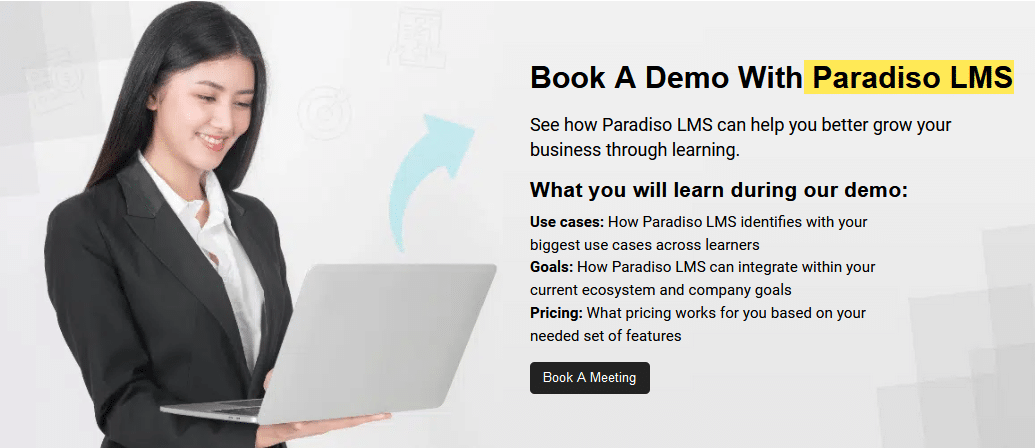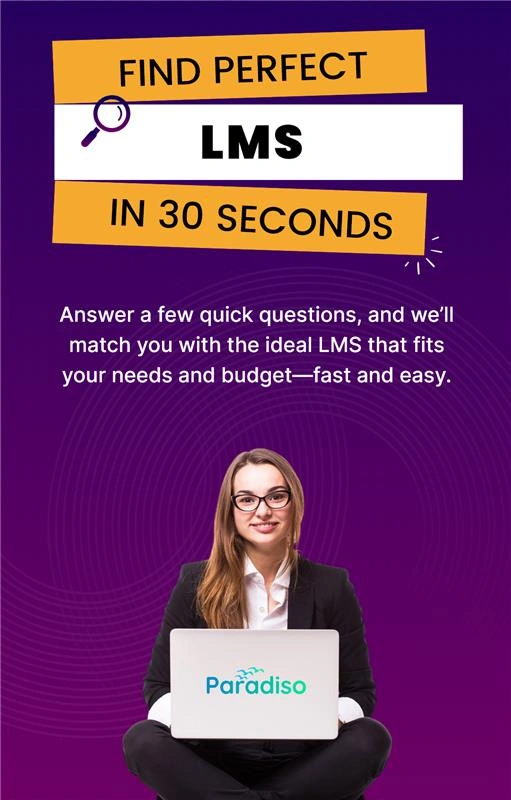You bought a cheap LMS, but it doesn’t have the key features your organization needs. This upsets your staff, and fewer people take the courses. The system often breaks down, your data isn’t safe, and you spend more on tech help than you saved when you bought it. Now, that “good deal” LMS doesn’t seem so cheap after all. Before you jump into what looks like a smart money move, let’s explore why cheap LMS systems might not be as great as they seem, the dangers they bring to your company, and how spending from the start can help you save time, cash, and stress later. You want to improve learning and compliance, not skimp on quality. Want to know the real price of a cheap LMS? Let’s get started.
Looking for a Low-Cost LMS for Healthcare CE?

Why Low-Cost LMS Systems are Rarely a Bargain
Picking a Learning Management System (LMS) for continuing education (CE) in healthcare can challenge you when you need to watch your spending. Cheap LMS systems sound great—they claim to offer key features without costing too much. But the truth often looks different, as many groups discover these budget options are the good deals they seem.
Avoiding Risks of Low Cost LMS Systems for Healthcare CE
Cheap LMS systems can bring many risks in healthcare, where accuracy, following rules, and dependability are key. Think about buying a budget LMS that doesn’t have strong data protection. In today’s world, keeping patient information private is a must, so this can end up costing you big time. Plus, these systems might not work well with other essential software, which can slow things down and create more work.
How a Low Cost LMS for CME Costs You More in the Long Run
Don’t Take Unwanted “Features” Just Because They’re Cheaper
A typical strategy of cheap LMS system sellers is to bundle unwanted features to justify the cost. This might look like a good bargain at first glance, but it often leads to paying for functions you’ll never use. For example, if you’re handling Continuing Medical Education (CME), features made for K-12 education might not apply and mess up your system. Instead, zero in on an LMS built just for your needs, even if it means shelling out a bit more at the start.
Figure Out What Your Organization Needs to Guard Your Bottom Line
Knowing what your organization needs is key. Do a deep dive to find out what features you can’t do without, like ways to track compliance, tools that work with other systems, and screens that are easy to use. Spending more upfront on an LMS that’s built for your needs can save you money down the road. You won’t have to shell out for expensive upgrades or tweaks later.
Think About How Much Downtime and Upkeep Will Cost You
Budget-friendly LMS often bring unexpected expenses tied to system failures and upkeep. These platforms might not have the strong backbone needed to handle lots of users or tricky features, which can lead to frequent crashes and tech problems. Every time the system goes down, it can mess up learning activities, annoy users, and cost your company lost work time and possible income. Also, you might need to call in outside tech help to fix these issues often, which drives up costs even more.
Check How Much Users Might Get Annoyed and Lose Interest
A cheap LMS might cut costs initially, but if it’s hard to use, it can cause user frustration and low engagement. Doctors and nurses already have too much on their plates, and adding a clunky, confusing LMS to their workload can make them less likely to join CME programs. This can lead to fewer finished courses and less value from your investment in educational content. Choosing an LMS with a simple design and full support can boost user happiness and involvement, resulting in better learning outcomes and smarter use of your resources.
When Picking Your LMS, Keep These Five Key Points in Mind
Content Library and Course Creation Tools
When choosing an LMS, you should look for a rich content library and flexible course creation tools. An extensive content library lets you roll out top-notch courses without spending ages on development. Meanwhile, strong AI-powered course creation tools such as CognisarkAI Authoring tool can help you create and engaging courses that fit your exact needs. Let’s say you often update your CE courses to keep up with new medical discoveries. In this case, an LMS with easy-to-use course creation tools will save you time and work.
Mobile Accessibility and Responsiveness
Today’s Healthcare pros must access CE courses while on the move. Pick an LMS that works well on mobile devices and adapts to different screen sizes. This means the system should run on phones and tablets, giving users a great experience. When your staff can learn anywhere and anytime, they’re more likely to stay engaged and meet their ongoing education requirements. This flexibility is key in keeping up with the fast pace of healthcare.
Advanced Reporting and Analytics
You need access to detailed reports and analytics to manage and improve your CE programs well. Find an LMS that gives you advanced reporting options. This lets you keep tabs on how learners are doing, how many finish courses, and how well they do on tests. These insights help you spot trends, see where learners might be having trouble, and make data-based choices to improve your courses. For example, if many people drop out of a certain course, you can investigate why and fix the problem.
Customization and Branding
The power to customize and brand your LMS plays a key role. A system that lets you adjust the appearance to fit your company’s identity can boost the user experience. Customizing options include:
Putting your logo on the platform. Picking color schemes. Building a unique interface that matches your brand.
This makes learning more exciting, strengthens your company’s professional image, and shows you’re serious about sound education.
Customization and Branding
The healthcare sector demands strict adherence to regulatory standards. A good LMS should help manage compliance by offering features that:
Issue certificates Keep track of ongoing education credits. Send reminders about upcoming deadlines.
Conclusion
Cutting corners on an LMS may initially save you a few bucks, but the hidden expenses—whether it’s data breaches, system downtime, or disengaged staff—can far outweigh the savings. Imagine your staff struggling with a clunky, unreliable system, leading to frustration, decreased course participation, and, ultimately, a decline in the quality of care. The real question is, can your organization afford these risks? The healthcare industry demands precision, security, and efficiency—compromising on these with a cheap LMS isn’t just risky, it’s irresponsible.
The smart move isn’t finding the cheapest option; it’s investing in a robust, reliable LMS that enhances your educational programs, ensures compliance, and supports your team’s continuous growth. Partner with Paradiso and will save time, money, and stress, allowing your organization to focus on what truly matters—delivering exceptional patient care. Before settling for less, ask yourself: is it worth the gamble?












